Brake Horsepower
Brake horsepower is a measurement of a motor’s power at the shaft before losing power due to resistance of auxiliary components (reducers, couplings, pump).
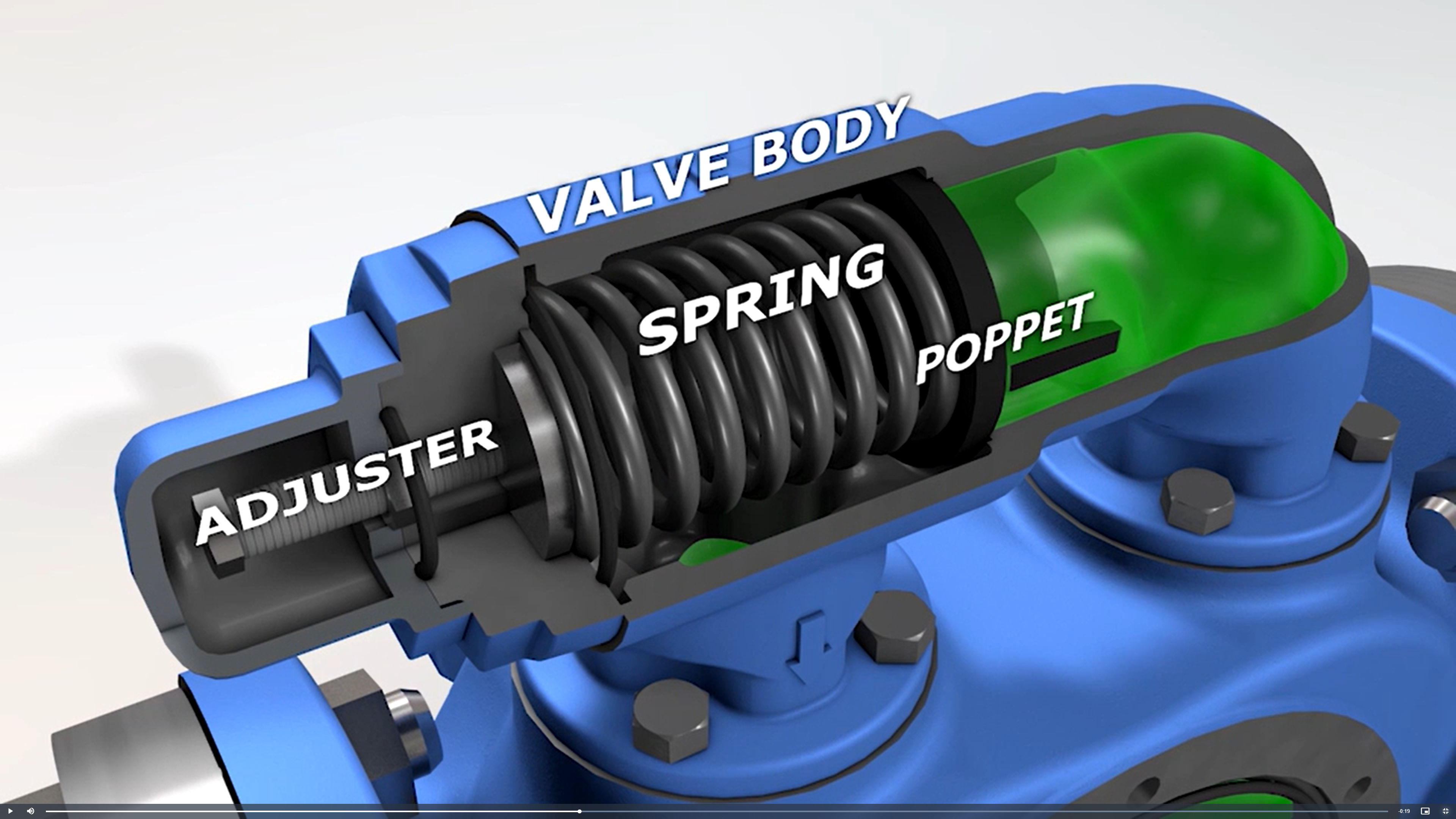
Pressure Relief Valves: Critical to Pump and System Safety and Reliability
A key advantage of rotary positive displacement pumps is providing consistent flow regardless of changes in liquid viscosity or differential pressure. But should a downstream blockage occur, pressure will rapidly build and may exceed the rating of the pump, drive equipment, system, or any combination thereof, with the potential for damage and unplanned downtime. For this reason, overpressure protection must be used, and pressure relief valves are the most commonly used form of overpressure protection for rotary positive displacement pumps.
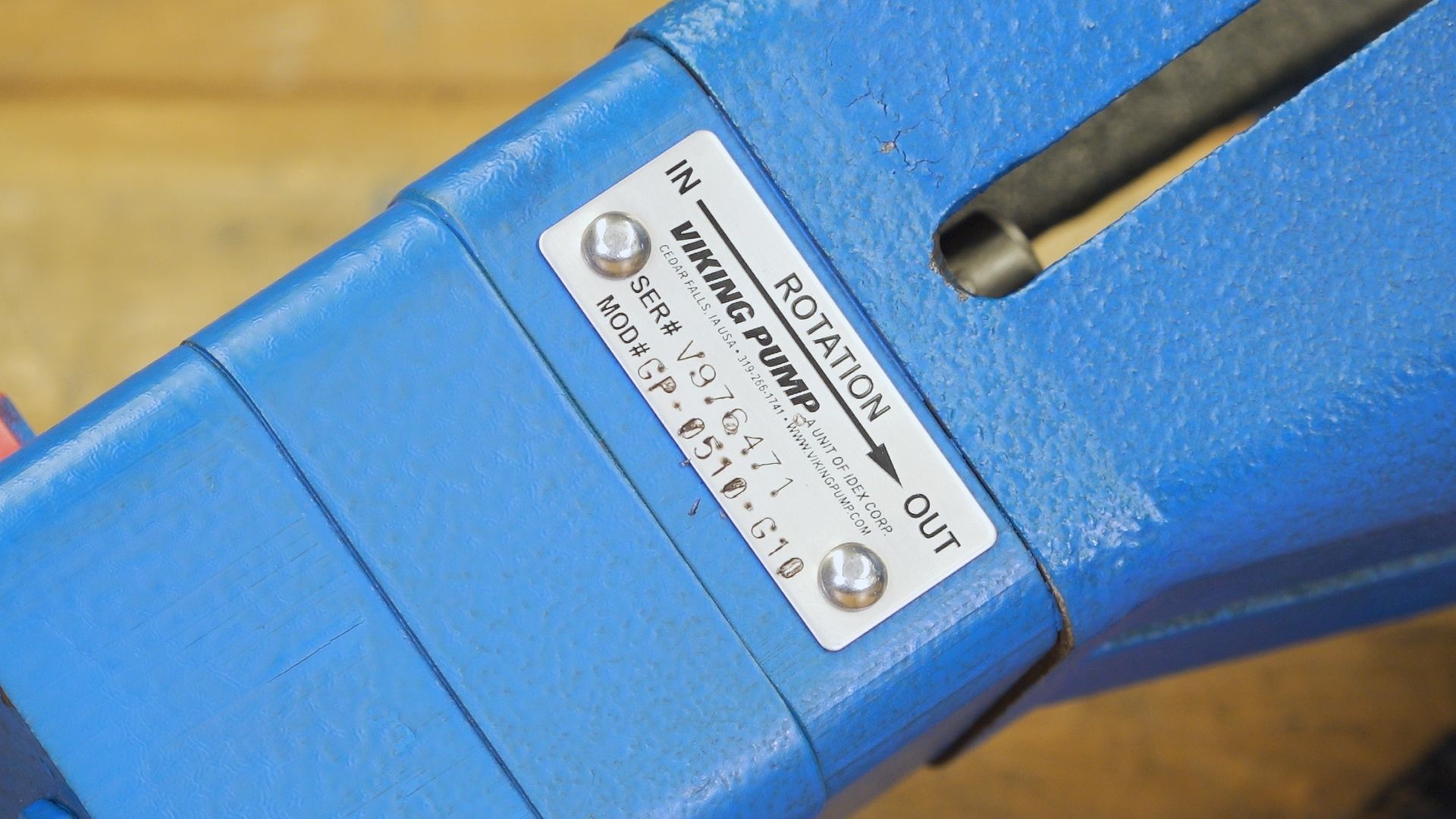
Reversing a Gear Pump
With Viking pumps the answer is usually “yes,” but before you turn that “reverse” switch on your pump’s motor starter or variable frequency drive, there are a number of things to consider, which are discussed here
Can I reverse a pump to change direction of flow?
With Viking pumps the answer is usually “yes,” but before you turn that “reverse” switch on your pump’s motor starter or variable frequency drive, there are a number of things to consider, which are discussed here.
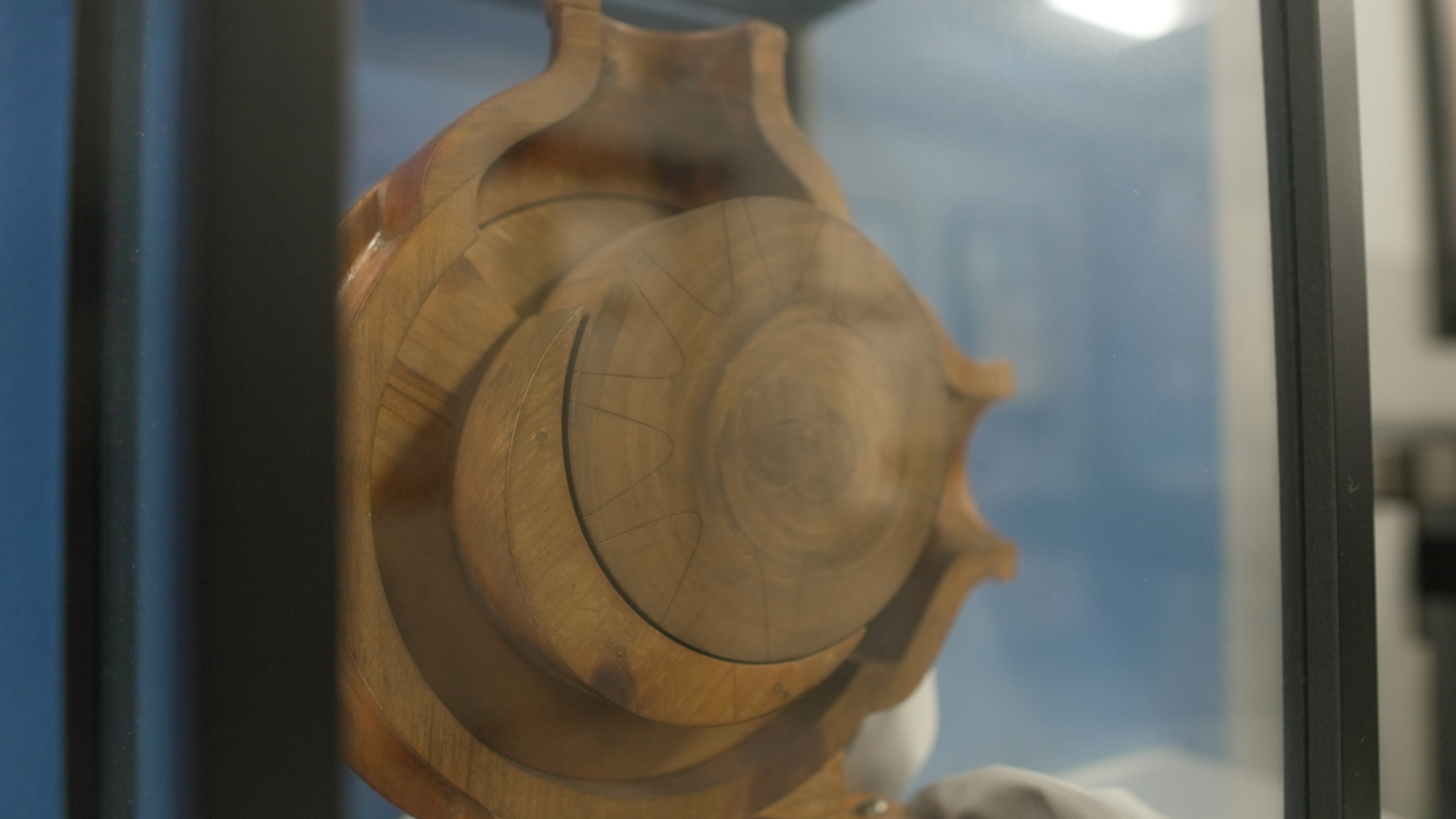
How An Internal Gear Pump Works
Explore how internal gear pumps work, their unique “gear within a gear” design, and key advantages like efficiency and versatility. Ideal for professionals in fluid handling industries.
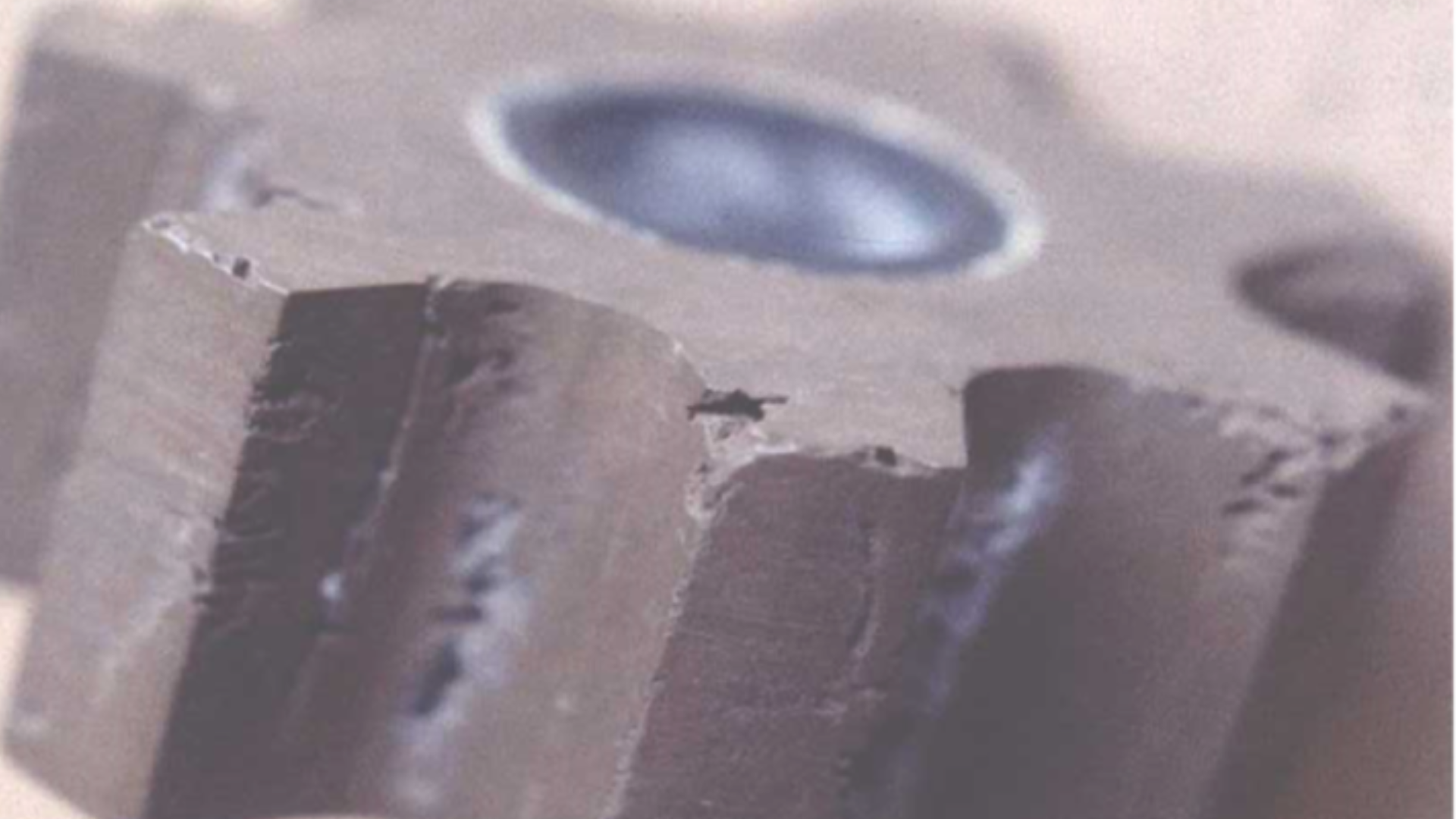
PUMP CAVITATION: THE SYMPTOMS, CAUSE, DIAGNOSIS, AND CURE
Customers don’t ask me to listen to quiet pumps. This is symptom #1 of a cavitating pump. The pump is loud. Descriptors like “growly”, “rumbling”, or “gravelly” are used to describe the atypically loud sound coming from the pump.
“Does it always sound like this?” I ask.
“No, it was fine in the fall, but it’s been loud all winter.”
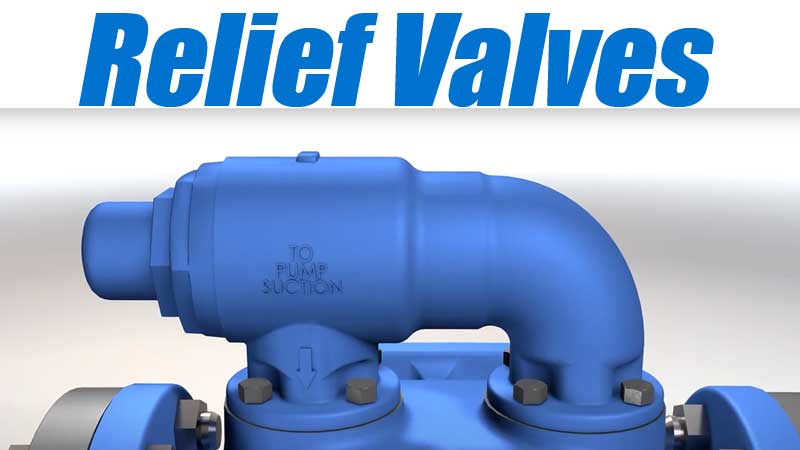
Relief Valves: The ever-vigilant heroes
Millions of homes around the world are fitted with water heating devices such as boilers or water supply heaters. Should they overheat, pressures can rise internally until the tank ruptures. Though extremely rare, this does happen and can even propel a water heater like a rocket through the floor and roof of a dwelling. So how can we sleep peacefully each night with the knowledge that a potential catastrophe lurks in the basement?
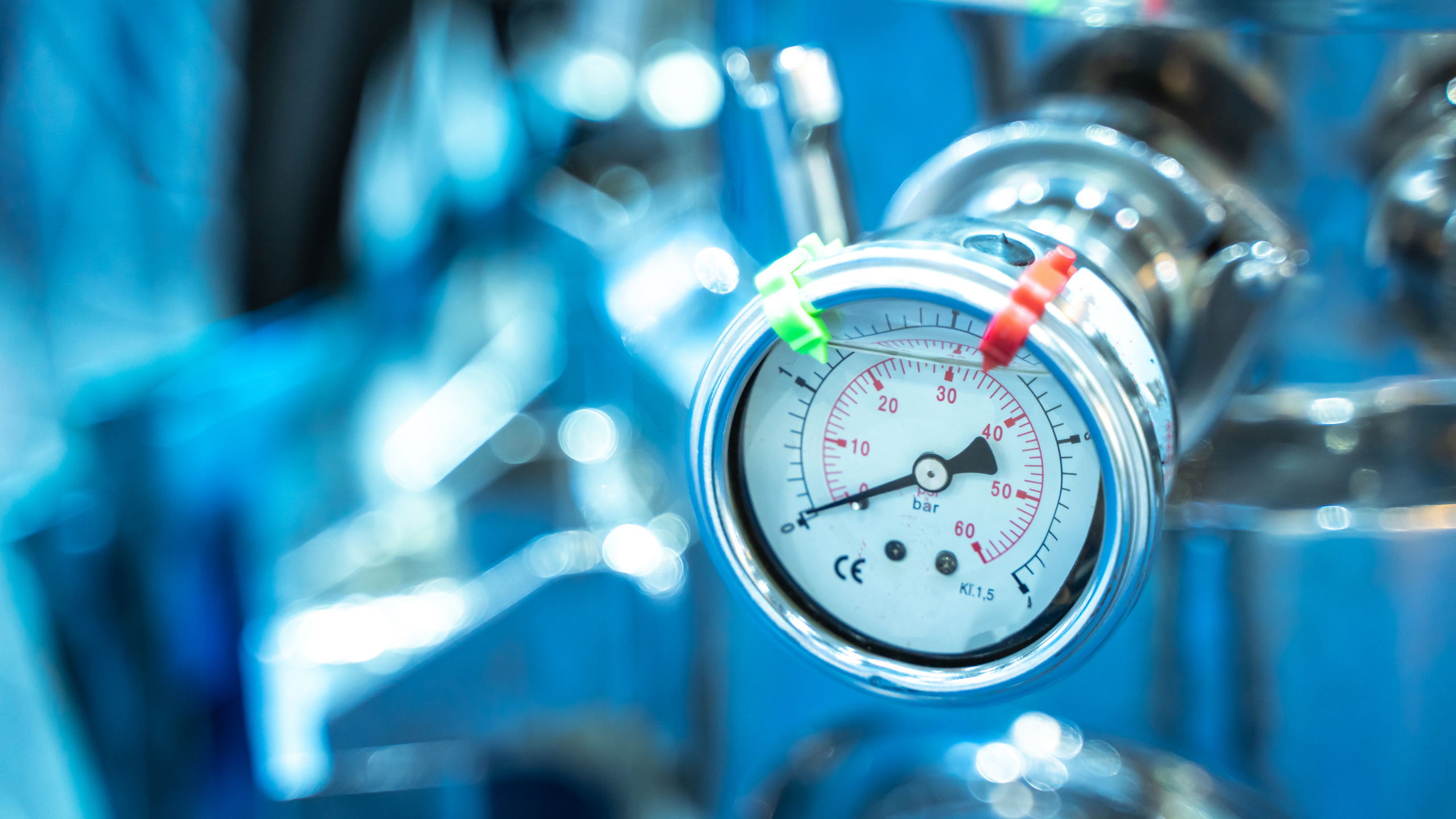
Current and Flow: An electrical engineer’s guide to the concepts of fluid systems
Unlike most of my colleagues I didn’t start out with a mechanical background. While they were studying kinetics and machine design, I was studying digital electronics and industrial power. When I started my career in the world of pumps, I had to learn a whole new set of concepts. What was surprising was that while the terminology may be a bit different, the concepts are very similar. Think of the following as a “Rosetta Stone” for translating the common terms and concepts of fluid systems to your more familiar terms and concepts of electrical systems.
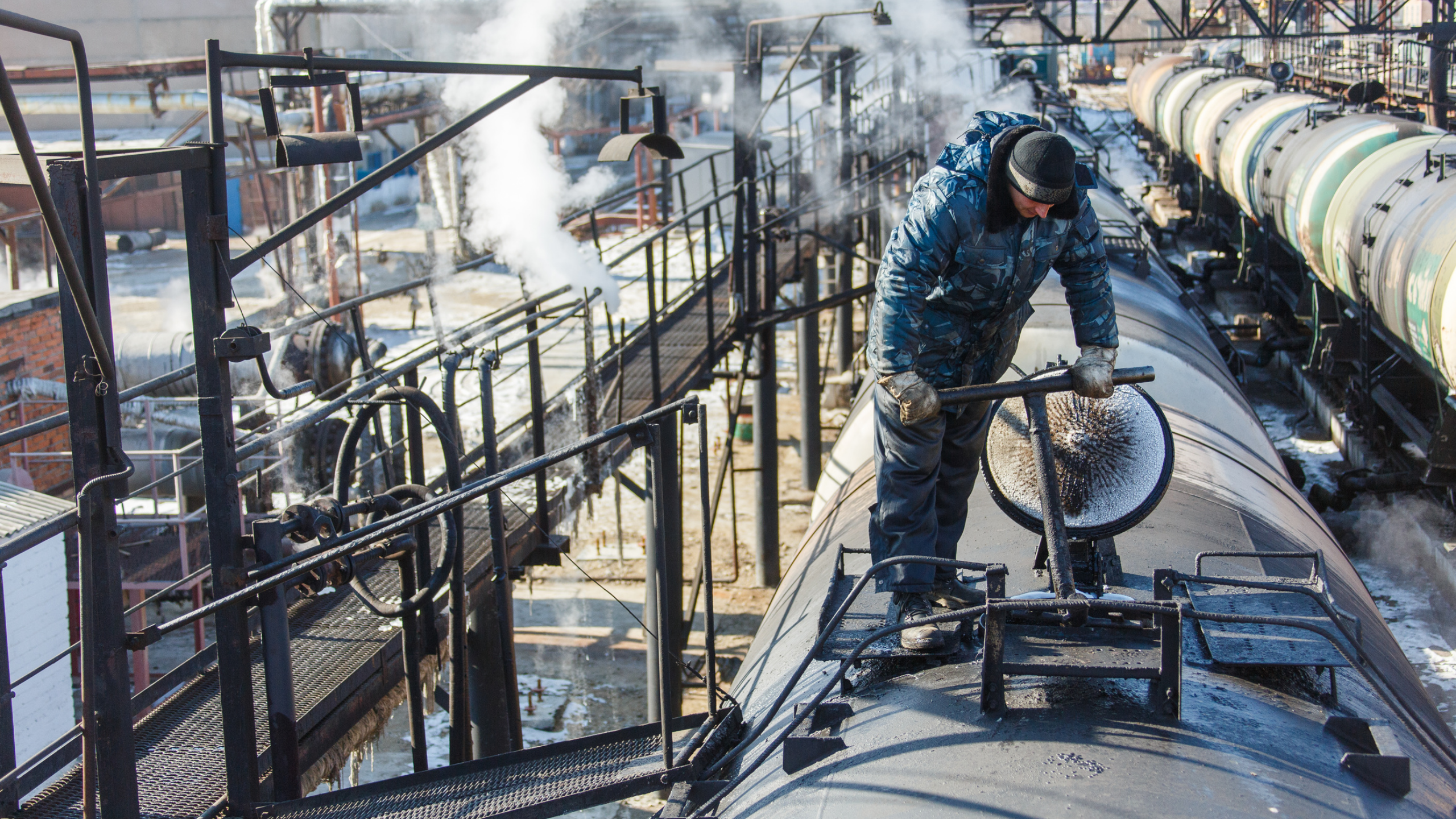
Pressure & Vacuum Pumping Application Concerns
In the world of gear pumps, it is common to have liquid handling applications where pressure and vacuum are of concern. So, we wanted to share our perspective and recommendations, to help with making pump choices and decisions for the various pressure and/or vacuum scenarios you may encounter.